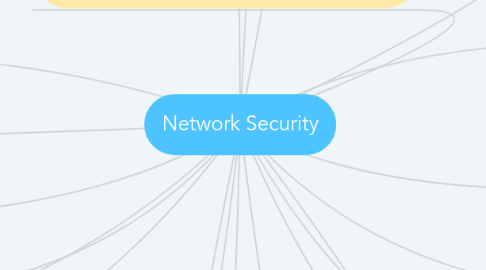Network Security
by Deann Goudy

1. Many people lock the doors and windows of their homes to prevent people from coming in who don't belong there. Intruders can cause problems, including theft, vandalism, and harm to your family
2. Criminals who access data or networks illegally are known as hackers.
3. Network security can be made up of hardware devices, specialized software, physical security (i.e. locked computer rooms), and rules for people to follow.
4. Always use very strong passwords consisting of letters, numerals and special characters
5. Clear the browser's cache and browsing history on a consistent basis
6. Avoid exposing personal data on websites with lower security levels
7. Avoid shopping on unreliable websites
8. Always use preventative software applications, such as anti-virus, anti-malware, anti-spam and firewalls
9. Internet privacy is also known as online privacy.
10. Privacy violations and threat risks are standard considerations for any website under development
11. Internet privacy and anonymity are paramount to users, especially as e-commerce continues to gain traction.
12. Networking Safety
13. Internet Privacy
14. Network security is for the protecting your digital assets (computer systems, programs, and information) from intrusion, destruction, theft, modification, or misuse.
15. Just as with home security, there can be multiple layers to an effective network security.
16. Malware: An application used to illegally damage online and offline computer users through Trojans, viruses and spyware.
17. Spyware: An offline application that obtains data without a user's consent. When the computer is online, previously acquired data is sent to the spyware source.
18. Pharming: An Internet hacking activity used to redirect a legitimate website visitor to a different IP address.
19. Phishing: An Internet hacking activity used to steal secure user data, including username, password, bank account number, security PIN or credit card number.
20. Internet privacy is the privacy and security level of personal data published via the Internet
21. Security Risks


